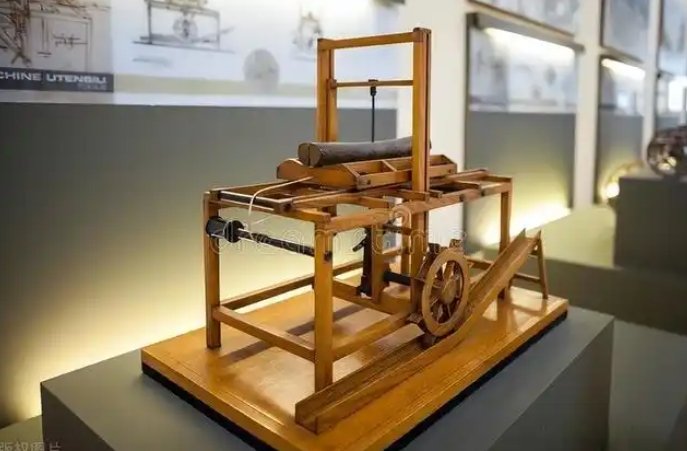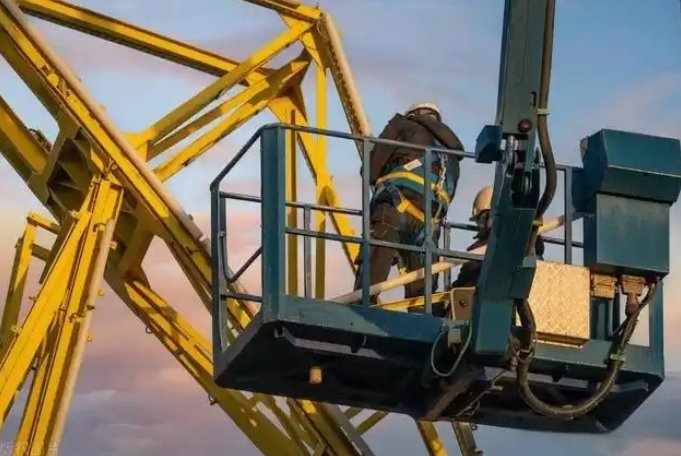Hydraulic technology is a control technology based on liquid pressure transmission. It is widely used in industry, agriculture, aviation, aerospace, energy, transportation, and other fields.
With the continuous development of science and technology, hydraulic technology has also received more and more attention and research. The development history of hydraulic systems can be divided into the following stages:
Table of Contents
Toggle1. Origin stage
Hydraulic technology can be traced back to the Han Dynasty in China around 100 BC, when people used hydraulic machinery to convert water pressure into energy for irrigation, excavation, shipping, and other fields. But it was not until the late 17th century and early 18th century that it was applied to mechanical engineering.
The origin of hydraulic technology can be traced back to ancient Greece in the third century BC. At that time, Archimedes discovered the principle of buoyancy and proposed the principle of the lever and pulley, which laid the foundation for later hydraulic technology. Hydraulic devices were also used in ancient urban engineering, such as waterways, sluices, water wheels, etc.
2. Initial application stage
At the end of the 18th century, British engineer Joseph Bramah invented the hydraulic press, which was the earliest application of hydraulic technology. Its appearance greatly improved the processing quality. Subsequently, French engineer Joseph Bramah developed a hydraulic system for casting machine tools, making the mechanical processing process more accurate.
3. Industrial development stage
In the early 20th century, hydraulic technology developed rapidly. Commercial hydraulic pumps and hydraulic motors were invented one after another, laying the foundation for the further development of hydraulic technology.
In 1905, American engineer William Little Wander invented hydraulic lifting equipment, and then hydraulic transmissions, hydraulic control valves, and other devices came out one after another.
In 1910, French engineer Andre Polit invented a hydraulic cylinder for casting machine tools, which was an important breakthrough in hydraulic technology in the field of mechanical industry.
From the 1920s to the 1930s, hydraulic technology was widely used in industries such as steel, machine tools, ships, and automobiles, among which the most representative was the automobile manufacturing industry. The hydraulic system replaces the original transmission methods, such as wire rope, levers, chains, rockers, etc., making the operation of the car more convenient, accurate, and flexible.

4. Electro-hydraulic hybrid stage
The combination of electrical technology and hydraulic technology has promoted the development of hydraulic technology. In the 1950s, electrical and hydraulic components were used in industrial automation control systems, which improved the control accuracy. In the early 1960s, the development of electronic technology promoted the application of electro-hydraulic hybrid technology, and the control accuracy and reliability of hydraulic systems were greatly improved.

5. Intelligent development stage
In the 1980s, hydraulic technology entered the intelligent development stage. Electronically controlled hydraulic technologies have emerged one after another, and the control accuracy, performance, and adaptability of hydraulic systems have been greatly improved. Since the 1990s, hydraulic technology represented by the “intelligent flow” hydraulic system has greatly improved the intelligence of the system, making hydraulic control technology more humane and intelligent.

6. Green development stage
With the continuous improvement of environmental awareness, the “green” development of hydraulic systems has become an important direction for the development of hydraulic technology. Reducing the energy consumption of hydraulic systems, reducing noise and vibration, reducing volume and weight, and improving reliability and life are all green directions for the development of hydraulic technology.
The history of hydraulic technology development is a history of continuous innovation and progress. From the simple water pressure device in ancient times to the complex electromechanical and hydraulic integrated system in modern times, hydraulic technology has become an important force in promoting the development of modern industry.
In the future, hydraulic technology will continue to play to its unique advantages and make greater contributions to the development of various fields.







